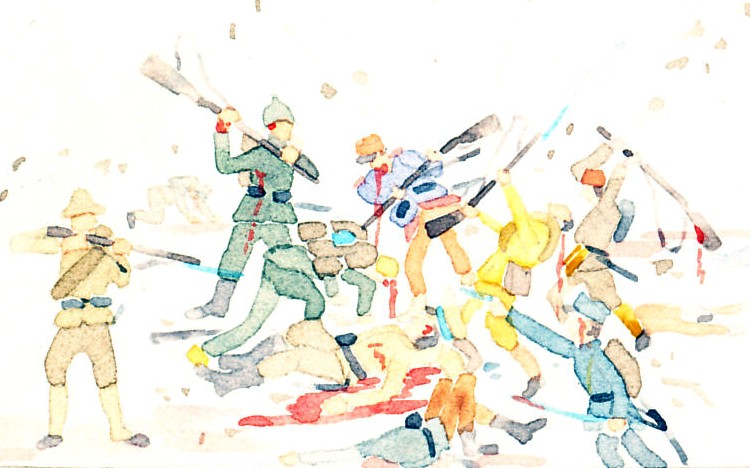La Domenica del Corriere (The Sunday Courier) of March 25 to April 1, 1917, an illustrated weekly supplement to Corriere della Sera, published in Milan, Italy. The front and back covers are full-page illustrations by the great Italian illustrator Achille Beltrame. The front cover depicts Russian troops cheering the deputies entering the Duma after what the paper calls, 'the Russian revolt for freedom and the war.' The secondary story was on the fall of Baghdad to British troops.

a Domenica del Corriere
25 Marzo — 1 Aprile 1917.
L'insurrezione russa per la libertà e la guerra. Le truppe acclamano i deputati che entrano alla Duma.
The Russian revolt for freedom and the war. The troops cheer the deputies entering the Duma.
Other views:
Larger
